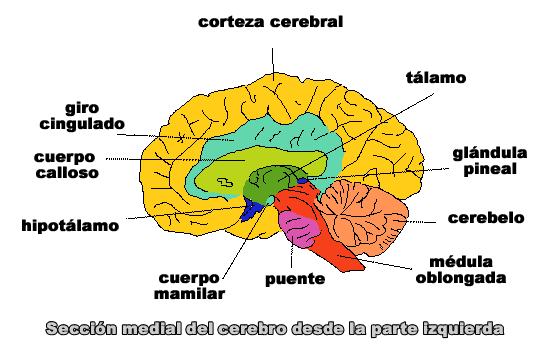
It is designed to be used by Social Security personnel who meet and interview the Spanish speaking public, and who prepare correspondence and other Spanish language documents as well as public information materials. It is intended to promote uniformity in language usage and avoid misinterpretation of Spanish language materials issued by the Social Security Administration. This English-Spanish Wordbank of Social Security Terminology contains everyday words and expressions as well as technical Social Security terminology.

La imaginación motriz es un proceso mental en el que un sujeto simula mentalmente una acción.

Por lo tanto, esta tesis es un esfuerzo para buscar mejoras para esas aplicaciones, mediante la experimentación del método Factorización Matricial Positiva (PMF, por sus siglas en inglés) para mejorar la clasificación de imágenes motrices de señales de electroencefalograma (EEG). Los sistemas de BCI deben ser fáciles de utilizar, manejables, eficientes y apto para personas con discapacidades o cualquier complicación física. El campo de BCI está constante mejoramiento debido al desarrollo de aplicaciones para personas necesitadas. Un sistema de BCI provee un canal de comunicación entre el cerebro humano y una computadora, posibilitando diferentes aplicaciones en el campo de la bioingeniería. A complexity analysis of the PMF algorithm is presented.Įl sistema de Interface Cerebro-Computadora (BCI, por sus siglas en inglés) está diseñado para traducir las intenciones de un sujeto en una señal de control que es reconocida por un dispositivo. Results using different numbers of feature vectors and different number of samples are presented. The mentioned classifier is tested using 10-Fold Cross-Validation. These features are used to train the Support Vector Machine (SVM) classifier. The method presented in this thesis is an essential part of a functioning BCI system it determines discriminative spectral features using the PMF method. The limitations with current methods are the high dimensionality of the EEG data that curtails extraction of discriminatory features for classification. Current methods rely on Common Spatial Pattern (CSP), which can be used for two-class motor imagery classification. Motor imagery classification is the process of classifying a subject’s mental simulations. In other words, MI is the process by which a subject is thinking of moving a part of his/her body without moving it physically. Motor imagery (MI) is a mental process by which a subject mentally simulates a given action.

Thus, this thesis is an effort to seek improvements for those applications, by experimenting Positive Matrix Factorization (PMF) for motor imagery classification. These systems, BCI systems, need to be user-friendly, manageable, efficient, and suited for people with disabilities or with any physical complication. The Brain-Computer Interface field has been in constant improvement because of the development of applications for people in need. A BCI provides a communication channel between the human brain and a computer, making possible different applications in the bio-engineering field. Brain Computer Interface (BCI) is a system that is designed to translate a subject’s thought into a signal that is interpreted by a device.


 0 kommentar(er)
0 kommentar(er)
